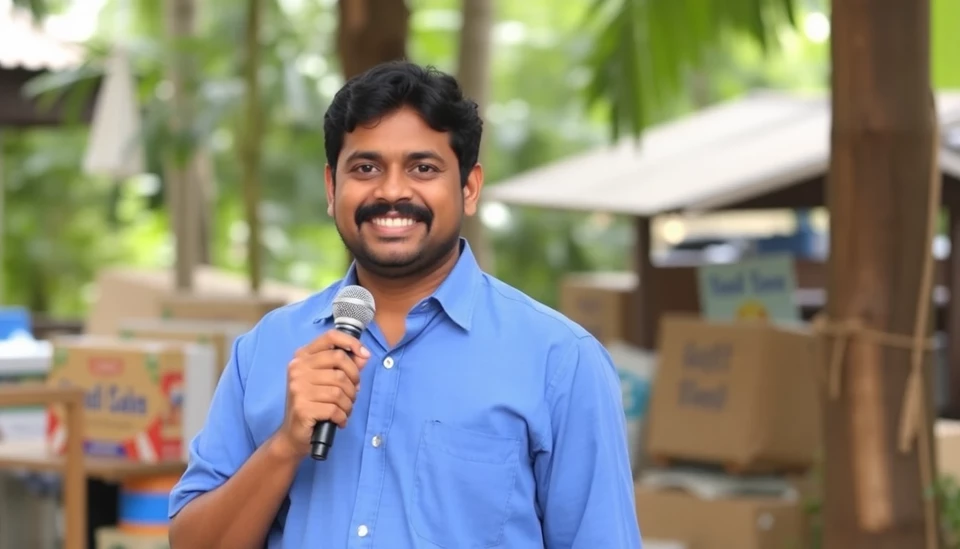
In a striking exploration of the agricultural insurance landscape, recent findings have revealed a stark contradiction faced by many farmers. Despite being insured against drought, numerous individuals in the agricultural sector are still experiencing hunger and economic hardship. This situation has prompted urgent discussions around the efficacy and reach of agricultural insurance policies in the United States.
Farmers often invest in drought insurance with the hope that it will provide a safety net during adverse weather conditions. The intention behind such policies is to mitigate the financial risks associated with crop failure. However, many farmers are still left grappling with food insecurity, leading experts to question whether current insurance frameworks are sufficient in providing the much-needed support for producers.
Many agricultural producers, particularly those in regions most susceptible to climate-related challenges, are increasingly finding themselves at a crossroads. They pay premiums year in and year out, expecting to have a safety net to fall back on in case of natural disasters like droughts. Yet, when these catastrophic events occur, the scale of loss often surpasses compensation, leaving many in dire situations.
The reality is further exacerbated by the fact that many insurance policies have intricacies that make it difficult for farmers to fully understand their coverage. A significant number of policyholders reported that the compensation received was insufficient to cover their losses, particularly with rising input costs and inflation placing additional burdens on their operations. This has left farmers frustrated and questioning the reliability of their insurance providers.
Moreover, there is an issue of accessibility. Not all farmers are able to afford these insurance policies, and many will skip coverage altogether due to costs, leaving them vulnerable to financial devastation when disasters strike. As a result, a considerable portion of agricultural producers is caught in a cycle of risk without adequate support, navigating the challenging environment of modern farming.
The emotional impact of this situation cannot be overstated. Farmers pour their livelihoods into their land and crops, cultivating hopes and dreams that are often dashed when drought hits. Many families, despite their investments in insurance, face significantly diminished yields and must confront the harsh reality of food shortages and financial insecurity.
This paradox of being insured yet still facing hunger raises critical questions about the design and structure of current agricultural insurance systems. Stakeholders, including policymakers and agricultural experts, are urging for a reevaluation of existing frameworks to better support farmers and ensure effective risk management. Potential reforms could include enhancing coverage options, simplifying policy language, and providing education around insurance plans to empower farmers to make informed decisions.
As climate change continues to pose unprecedented challenges to agriculture, it is essential that the systems designed to protect farmers adapt to these evolving realities. The goal must be to create more resilient agricultural communities that not only survive droughts but thrive in their aftermath, allowing farmers to return to the land with the confidence that their investments will be safeguarded against the vagaries of nature.
Ultimately, the conversation surrounding agricultural insurance and food security is one that demands immediate attention. By addressing the gaps and shortcomings in insurance coverage, there is an opportunity to help farmers build stronger, more sustainable practices that will not only benefit their businesses but also contribute to a more secure food system for all.
As we look to the future, it is grounds for hope that with concerted efforts, we can create an environment where farmers are not just insured but also supported holistically, reducing hunger and fostering robust agricultural communities across the nation.
#Agriculture #DroughtInsurance #FoodSecurity #Farmers #ClimateChange #Resilience
Author: Megan Clarke




